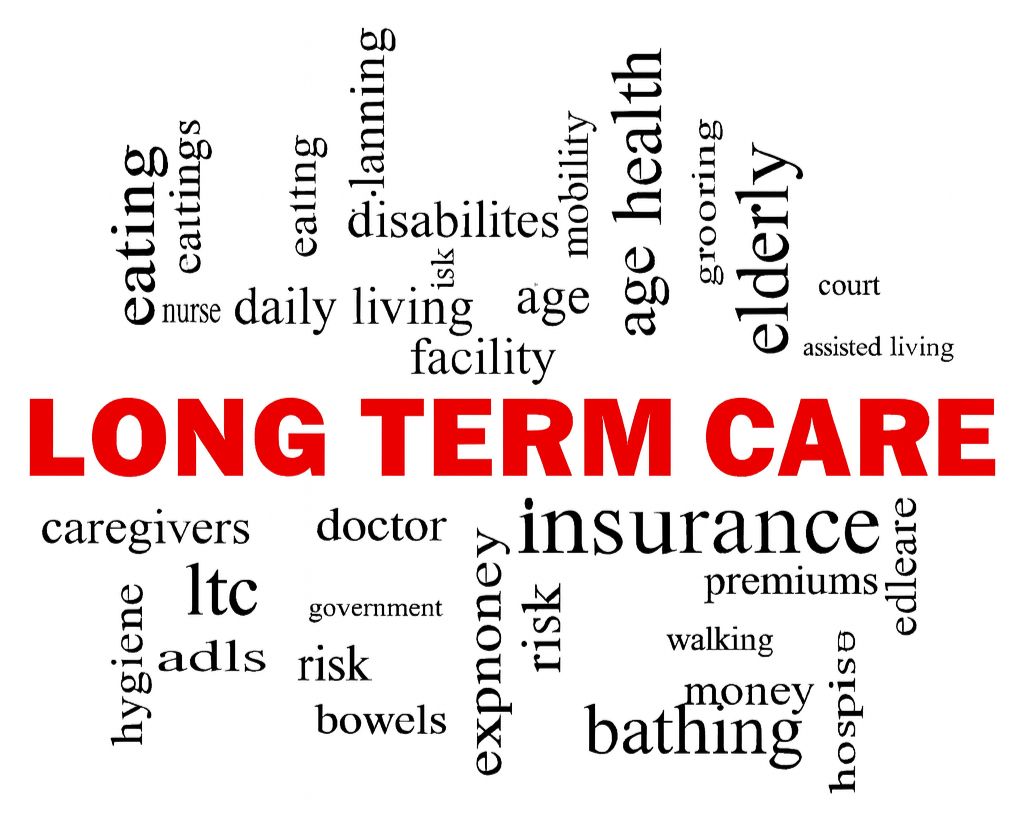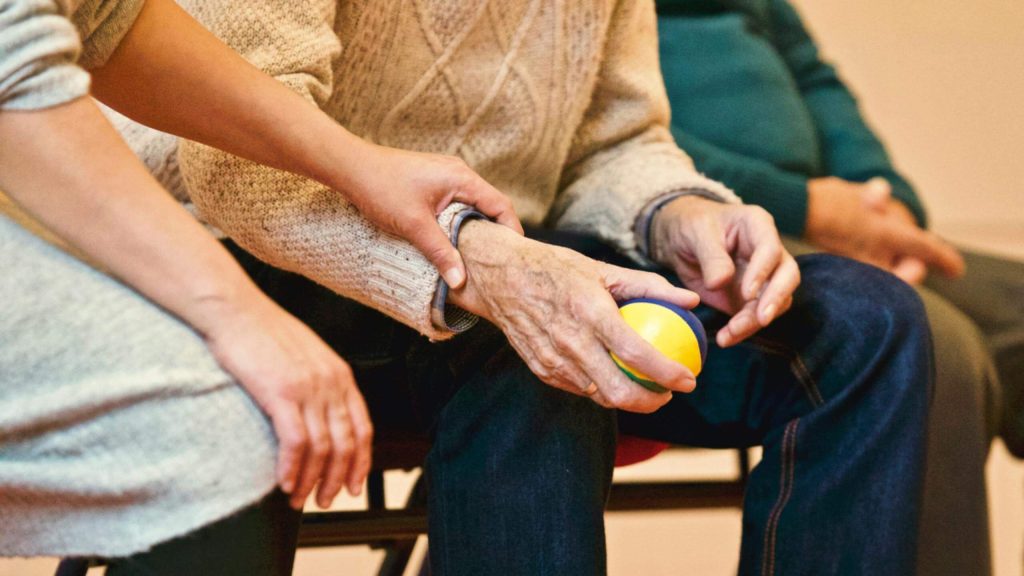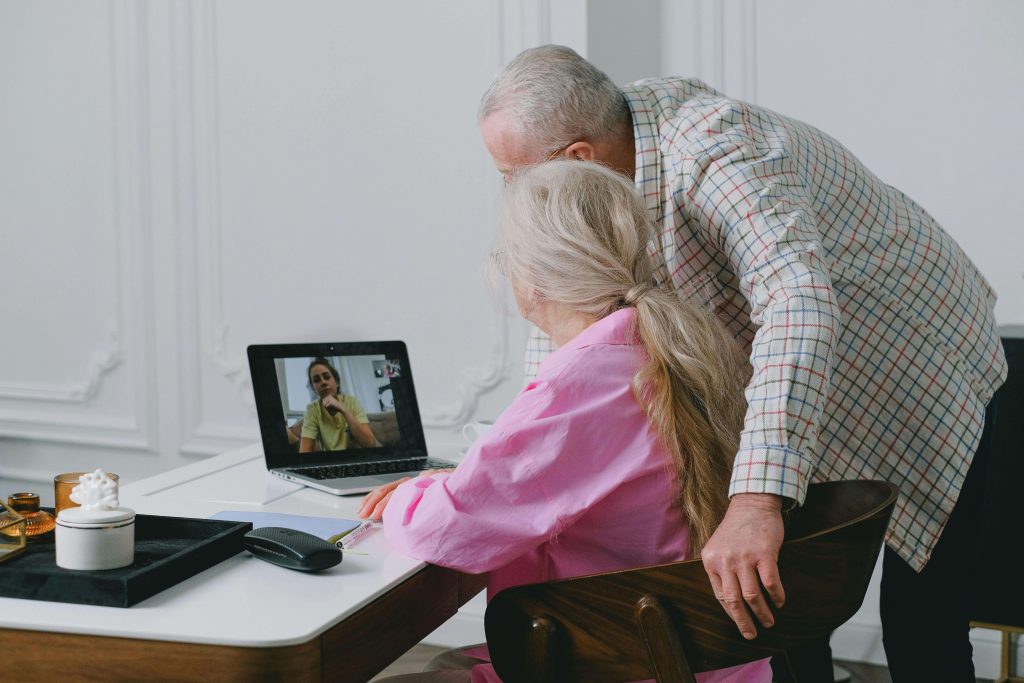You probably remember cassette tapes, rotary phones, the first computer in your home, and watching your parents navigate retirements and aging with a mixture of optimism and hesitation. Decades later, we find ourselves in the same shoes—or heading there. What becomes of us when daily tasks become harder? Who will help? How will we pay for it?
That’s the heart of Long-Term Care Planning Month, an annual reminder to plan ahead for a future many hope to avoid thinking about but which a large share of us will face anyway.
- October is observed as Long-Term Care Planning Month in the U.S.
- Many people need care as they age, yet few plan financially, legally, or emotionally for it.
- Gen X, Boomers, and anyone supporting aging loved ones should review care options, finances, legal documents, and have open conversations.
- Use this month as a kickoff to build or strengthen your long-term care strategy.
What Is Long-Term Care, and Why It Matters
More Than Medical Care
“Long-term care” isn’t about fixing a broken leg or cancer treatment. It refers to the support many people eventually need to manage everyday tasks: bathing, dressing, preparing meals, managing medications, housekeeping, mobility, and more.
You may have watched (or lived) caregiving scenes in classic films such as On Golden Pond or Driving Miss Daisy, where help with basic tasks gradually becomes essential. That gradual shift is exactly what long-term care often is: invisible at first, then more persistent over time.
How Many of Us Will Need It?
- Around 70% of people who reach age 65 will eventually need some form of long-term care.
- Yet, most people wait, 54% of Americans say they’ve done little or no planning for ongoing living assistance.
- In a recent poll, just 52% reported that they’d had any discussion about long-term care options with anyone.
- Among different generations, Gen X (61%) is more likely than Boomers (40%) to plan to use Medicaid to help pay for senior living.
In short: the likelihood is high but the planning is low.

The Rising Financial Burden
Costs are steep and rising:
- A private room in a nursing home can top $100,000 per year in many areas.
- Even in-home care or assisted living can run into tens of thousands annually.
- Traditional insurance rarely covers “custodial care”which is help with daily tasks.
- Medicare offers only limited short-term coverage, not long-term needs.
- Because of this gap, most long-term care is financed via a patchwork: private insurance (small share), Medicaid, and out-of-pocket spending.
In past decades, Medicaid has played a major role: in the 1990s, 64% of elder nursing home stays involved Medicaid support.
For many, the fear is not just losing physical ability, but running out of financial resources, or having to burden loved ones.
Why October? The Purpose of Long-Term Care Planning Month
October is designated as Long-Term Care Planning (or Awareness) Month in the U.S.
The idea is simple: give people a reminder, a nudge, a structure to start important conversations and actions before crisis forces them to act.
During this month, individuals, families, agencies, and professionals share tools, host workshops, distribute guides, and promote checklists to help people across every stage of life think about care, funding, and legal decisions.
For Gen X and Boomers especially, it creates a structured moment to break through procrastination and emotionally charged avoidance, because aging is rarely linear or tidy.
Long-Term Care Myths and Barriers
Understanding the roadblocks helps remove them.
Myth: “My Family Will Just Take Care of Me”
It’s comforting to imagine dependents stepping in. But caregivers often juggle jobs, health, children, and more. Without a plan, such care can become unsustainable, emotionally, physically, and financially, for everyone involved.
Myth: “I Can Worry About This Later”
Many assume “later” will be easier. But health conditions, age, or insurer qualification issues can reduce options or drive up costs.
Myth: “Medicare Will Cover It”
Wrong. Medicare pays for short-term skilled nursing or rehab after hospitalization, but not long-term, nonmedical support. Without dedicated planning, most long-term care is excluded.
Barrier: Lack of Preparedness and Awareness
Many people do not recognize the gap between medical insurance and long-term care needs. The facts above show that over half have not taken concrete steps to plan—not because they lack care, but because they don’t see how or where to begin.
Barrier: Financial Squeeze from Multiple Sides
Gen X in particular faces a squeeze:
- More than 56% believe they may outlive their savings.
- Only 45% of Gen X say they have a plan for health care costs in retirement, versus 65% of older generations.
- Many Gen Xers are supporting aging parents and children simultaneously (the “sandwich generation”)
This strain makes long-term care planning harder, but also more essential.
How to Make the Most of Long-Term Care Planning Month
Here’s a clear, step-by-step path you can use this October (or any month) to get ahead of uncertainty.
- Educate Yourself & Your Circle
- Read up on what long-term care really means, including custodial services, in-home care, assisted living, adult day programs, and nursing homes.
- Understand which costs Medicare, Medicaid, private insurance, or none will cover.
- Use free checklists, webinars, toolkits, or guides offered by aging organizations, nonprofits, or your local Area Agency on Aging.
- Assess Your Risk, Preferences & Current State
- Reflect on your health history, family longevity, and potential future chronic conditions.
- Consider how independent you want to remain, and in what setting (home, community, facility).
- Talk with siblings, children, or spouse: what kind of care do you want? Who will help coordinate?
- Inventory Legal and Financial Tools
- Review or create an advance directive, durable power of attorney, and health care proxy.
- Evaluate retirement and savings assets: IRAs, 401(k), emergency funds, real estate.
- Investigate whether long-term care insurance or hybrid policies make sense for you (keeping in mind that premiums get harder as you age or develop health conditions).
- If applicable, review Medicaid eligibility rules in your state and when to apply.
- Explore and Price Local Care Options
- Research reliable home care agencies (like Happy Mountain Home Care) and get service quotes.
- Visit or tour assisted living facilities or nursing homes in your area to compare quality, cost, and ambiance.
- Ask for sample budgets for care (e.g., 20 hours/week home care, full-time assisted living).
- Build Scenarios & Plan For Funding
- Sketch “best case / middle / worst case” scenarios of care cost.
- Decide how you might fund care: part from savings, part from insurance, possibly Medicaid or other government assistance.
- Keep revisiting and updating your plan every few years or as health/finances change.
- Start the Conversation (and Keep It Going)
- Use this month as an invitation to talk with loved ones. Listen more than dictate.
- Write down preferences in plain language. Where you want care, what quality matters most, what is nonnegotiable.
- Revisit the conversation periodically as circumstances shift.

Why It’s Worth Doing Now, and Not Later
- Planning early gives you more control in choices and prevents last-minute scrambling.
- It protects your resources and dignity rather than letting crisis drive decisions.
- You relieve emotional and financial burden from loved ones by sharing the mental load in advance.
- You may be able to qualify for better insurance rates, coverage, or program access while you’re still healthy.
Just as people once planned for weddings, college, and retirement, long-term care deserves the same foresight. Older generations before us often learned through crisis. We have the benefit of foresight.
Start With October, Build for Decades
Long-Term Care Planning Month is a symbolic reminder with a practical purpose. Think of it as planting seeds—not in your backyard, but in your future security and peace of mind. In October, take one or two steps. In November, take the next, and so on. Over time, a foundation forms.
You deserve a plan that honors the life you’ve built and the dignity you’ll carry forward.
If you or someone you love may benefit from compassionate, reliable home care in Broward County, don’t wait until crisis strikes. Contact Happy Mountain Home Care at 954-654-8186 or visit www.happymtn.com
to learn how we can help you build a care plan that matches your values, needs, and lifestyle.





